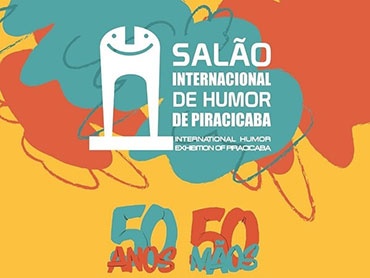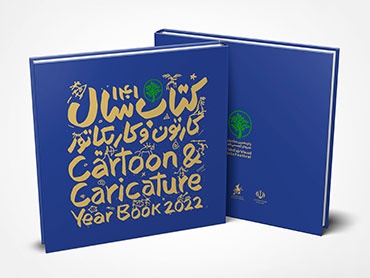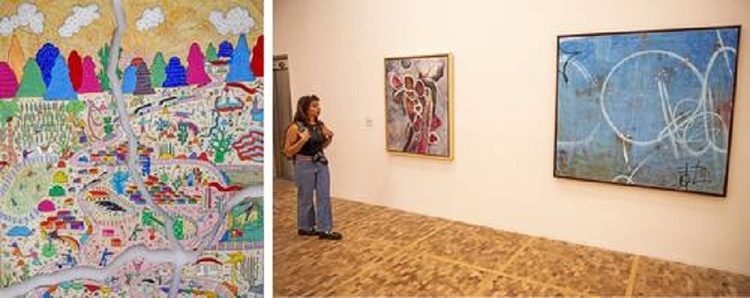
Painting in Mexico Today Is More Alive Than It Was 15 Years Ago
The exhibition at the 20th Tamayo Biennial reveals that painting is present in all creative discourses, notes curator Tobias Ostrander.
After a period in which photography and video dominated the art scene, painting has made a strong comeback, displaying a diversity and richness that few could have imagined, asserted Tobias Ostrander, curator of Latin American art.
He mentioned that this year's exhibition at the 20th Rufino Tamayo Biennial showcases the breadth and depth of painting in the country. “Painting is very much alive in Mexico, much more so than 15 years ago, because there were times when the most well-known languages were photography, video, and object art, but today painting is at the heart of all artists' discourses,” Ostrander stated.
The 20th Rufino Tamayo Biennial exhibition includes 40 works by 38 artists from 12 Mexican states, as well as from three invited countries. The works were selected by a jury comprised of Paulina Ascencio, Tobias Ostrander, and Víctor Palacios, along with artists Berta Kolteniuk and Lucía Vidales.
This year's winners are Othiana Roffiel Sánchez, Jorge González Velázquez, and Javier Peláez Gómez. Daniela Ramírez, Francisco Muñoz, Laura Meza, and Octavio Moctezuma received honorable mentions for their work.
Regarding the exhibition pieces, the curator commented: “Each work is a world unto itself, with its own techniques, materials, and concepts. From the most traditional to the most experimental painting, the artists are exploring new paths and challenging conventions.”
According to the Latin American art specialist, the competition process was very dynamic, as they reviewed around 650 works to select the winning pieces. “As jurors, our goal was to represent the diversity of painting in Mexico; I think we achieved that.”
Since its inception, this competition has showcased how contemporary painting responds to its immediate—and media-driven—context through various forms of visual production, as well as through the external events that surround it.
In the selection for the 20th Rufino Tamayo Biennial, Ostrander indicated, “the works represent the diversity of pictorial art; the public will see figurative, almost photorealistic, paintings, and abstract pieces. As jurors, we sought the best to demonstrate this approach to painting. It is interesting that after being saturated with digital images, the role of painting has changed; moreover, the experience is very different when standing in front of a physical painting.”
Exceptional Technique and Craftsmanship
Among the featured artists in this exhibition are the three winners, who, while sharing exceptional technique and craftsmanship, have very different objectives and approaches. One focuses on analytical and conceptual painting, while another explores the relationship between nature and the human condition. A third artist, meanwhile, addresses themes of gender and sexuality with a theatrical and provocative approach.
During a tour of the exhibition—which opened on November 5—artist Othiana Roffiel Sánchez shared that in her painting Mirage she explores the boundaries between the figurative and the abstract through a visual language that simultaneously evokes bodies, landscapes, and celestial forms. “I was interested in alluding to what happens with a mirage in the desert; there’s this spatial ambiguity, you don’t know what’s real. My visual language is very suggestive and open to interpretation, and this is the result of working exclusively with memory and imagination. I don’t use visual references when I paint, and this gives rise to amorphous, ambiguous forms and enigmatic pictorial universes.”
Javier Peláez Gómez said that with the painting La ralla II (The Stripe II) he continues his pictorial investigation into toxic flowers, with an emphasis on the poppy. Through a representation that evokes crop residue, the painting explores the links between aesthetics, pharmacology, and structural violence.
“I use photographs as my source material; I work a lot with the idea of what we perceive as reality, and it has a lot to do with illusion, but in this case, it relates to what is hidden in these poppy fields.”
The third winner of the biennial is José Gonzalo García, who participated with the work *The Savage's Parade Towards a Future*, part of the series *The Cubs*, inspired by Jorge Fons' 1973 film of the same name. “In my practice, I always incorporate literature or film; this work is part of a conversation between films from the 1970s and contemporary painting.”
Among the pieces is the painting *The Historical Truth*, by Gabriel Garcilazo, a direct critique of the official version of the disappearance of the 43 students from Ayotzinapa.
The Rufino Tamayo Biennial exhibition will remain open to the public until December 7th at the Tamayo Museum (Paseo de la Reforma 51, Bosque de Chapultepec, Miguel Hidalgo borough).
Source
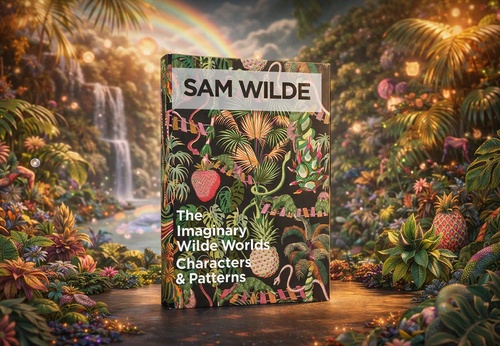
- December 25, 2025
SAM WILDE | The Imaginary Wilde Worlds Characters & Patterns
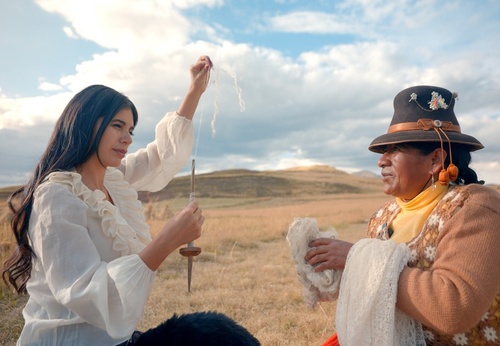
- December 25, 2025
“Ancestral Artist”: A Look at the Craft of Latin American Crafts

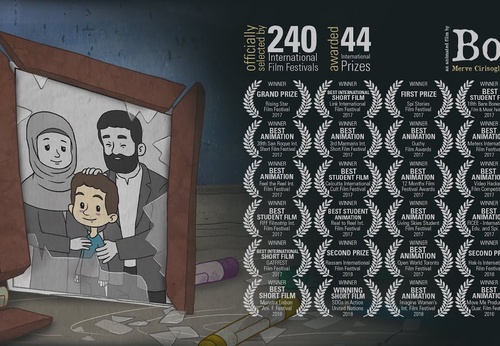
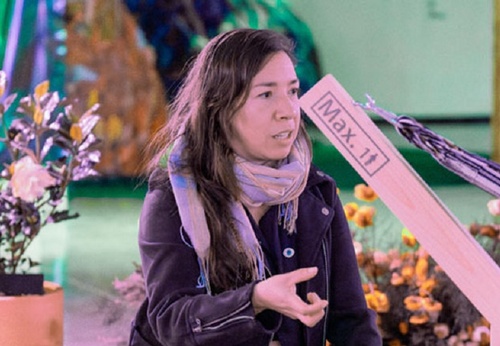
- December 25, 2025
Winner of the 13th Most Important Contemporary Art Prize

- December 25, 2025
Who threw it
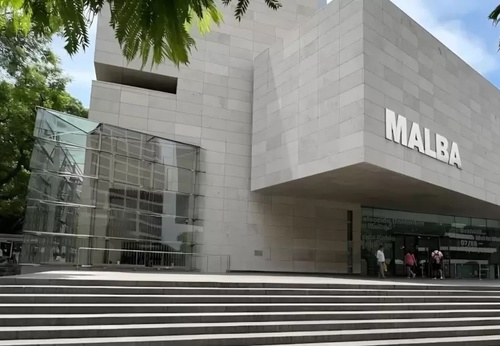
- December 25, 2025
Malba Acquires the Daros Latinamerica Collection
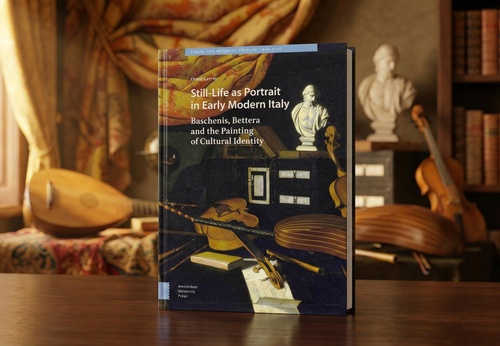

- December 24, 2025
Gallery of Illustration by Pola Maneli – South Africa

- December 25, 2025
“Ancestral Artist”: A Look at the Craft…

- December 25, 2025
Winner of the 13th Most Important Conte…

- December 25, 2025
Malba Acquires the Daros Latinamerica C…

- December 24, 2025
2026, a Key Year in Cultural Exchange B…

- December 23, 2025
Sacred Art Celebrates Christmas Through…

- December 22, 2025
MACA Inaugurates Exhibitions of Fontana…

- December 20, 2025
Costantini Acquires the Daros Collectio…

- December 17, 2025
ARCOmadrid Announces Participating Gall…

- December 17, 2025
Eduardo Costantini Acquired a Collectio…

- December 15, 2025
From Chile to Gaza: «Palestine Cries,»

- December 15, 2025
Latin American Artists MACLA and Montal…

- December 15, 2025
The Houston Museum That Doubled in Size…

- December 14, 2025
Brazilian Artist's Exhibitions at the V…

- December 13, 2025
Art for Gaza

- December 10, 2025
Pinta Miami 2025 Reaffirms the Strength…

- December 09, 2025
“GENOCIDE” Exhibition and Controversy O…

- December 09, 2025
Indigo Celebrates its 21st Anniversary …

- December 07, 2025
7 Art and Culture Recommendations for T…

- December 07, 2025
Why is Frida Kahlo the woman with the m…

- December 06, 2025
Argentine Art Makes a Grand Entrance at…

- October 08, 2023
Illustrations reflect the brutal Israel…

- December 25, 2023
The jury statement of the Iran-Brazil F…

- March 21, 2024
The history of art in Palestine

- July 29, 2023
History of Caricature in Brazil

- May 22, 2025
Brady Izquierdo’s Personal Exhibition O…

- September 01, 2023
Neural Filters in new photoshop 2023

- April 20, 2024
Poignant Image of Grief Wins Mohammed S…

- June 29, 2024
Exhibition at Centro MariAntonia contra…

- October 21, 2023
Erick Meyenberg and Tania Ragasol at th…

- February 18, 2024
7 Ways to Understand What Visual Arts A…

- May 15, 2024
Eleven murals for Gaza painted across t…

- March 14, 2024
museum of statue of van gogh

- March 30, 2024
illustration websites in Latin America

- May 25, 2025
Bordalo II to hold exhibition in Paris …

- March 15, 2024
museum of sculpture of Salvador Dali

- May 20, 2024
Latin American Festival of Performing A…

- August 09, 2023
Venezuela mural expresses solidarity wi…

- January 23, 2025
Art Palm Beach 2025

- March 18, 2025
Works by Cuban Artist Eduardo Abela in …

- January 04, 2025
Material Art Fair 2025

- May 15, 2024
Eleven murals for Gaza painted across t…

- February 18, 2024
7 Ways to Understand What Visual Arts A…

- January 02, 2025
13 commemorations that will mark the cu…

- October 17, 2023
The influence of Latin American artists…

- February 03, 2024
THE HISTORY OF NAIF ART

- July 02, 2024
One of the largest urban art galleries …

- November 17, 2023
Fernando Botero's work is booming after…

- October 08, 2023
Illustrations reflect the brutal Israel…

- July 29, 2023
Piracicaba International Humor Exhibiti…

- December 25, 2023
The jury statement of the Iran-Brazil F…

- November 06, 2023
Heba Zagout: Palestinian artist murdere…

- December 10, 2023
Sliman Mansour and Palestinian art on t…

- March 14, 2024
museum of statue of van gogh

- February 01, 2025
A maior exposição de Botero em Barcelona

- March 21, 2024
The history of art in Palestine

- July 20, 2024
First International Mail Art Biennial 2…

- April 20, 2024
Poignant Image of Grief Wins Mohammed S…

- October 30, 2023
Palestinian turns images of the Gaza co…

- September 01, 2023
Neural Filters in new photoshop 2023

- February 08, 2024

